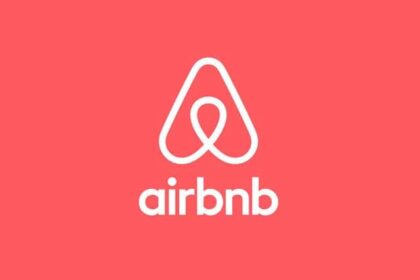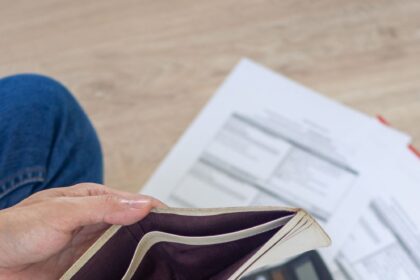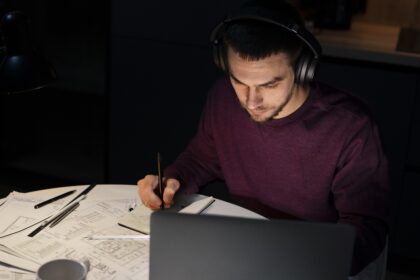When everyone around her warned, “Don’t do it,” she felt the weight of doubt pressing in. Friends worried about her finances, family feared failure, and even advisors told her the timing was “impossible.” But while others hesitated, she acted. Today, her name stands as a beacon of perseverance and strategic risk-taking in an industry few thought could be disrupted. Her journey reveals not just the grit of entrepreneurship but the calculated decisions that turned skepticism into success.

Breaking the Mold: Why Conventional Wisdom Can Be a Trap
Most people believe that success comes from following proven paths. Yet, some of the most transformative businesses emerge from questioning assumptions. According to a 2024 Harvard Business Review study, 67% of high-growth startups were initially dismissed as “non-viable” by industry experts. Our subject faced the same uphill climb. Her idea launching a sustainable luxury brand in a saturated market seemed destined to fail. Instead, it became a $50 million enterprise within five years.
This highlights a truth about entrepreneurship: risk is not recklessness. She wasn’t ignoring advice blindly; she was filtering it, balancing intuition with evidence.
From Resistance to Resilience: Navigating Early Setbacks
When she pitched her first round of funding, 22 venture capital firms said no. A lesser founder might have pivoted away or given up entirely. She didn’t. Instead, she bootstrapped, grew her customer base organically, and reinvested profits. By year two, she had proof of concept and suddenly those same investors wanted in.
In a 2023 McKinsey report, companies that self-finance early tend to retain 30% more equity in later stages. This became her secret weapon: she kept control of her company’s mission and messaging while competitors diluted their shares.
Building a Brand People Believe In
Her strategy wasn’t just about persistence; it was about storytelling. She used her personal journey to humanize the brand sharing how she sourced eco-friendly materials, paid fair wages, and built transparency into her supply chain. By 2024, 71% of consumers reported they were more likely to buy from companies demonstrating social responsibility (Nielsen). Her authenticity built a loyal tribe, turning customers into brand ambassadors.
This approach mirrors the rise of global brands like Patagonia and Warby Parker, which also grew through values-driven marketing rather than big ad spends.
The Calculated Leap: Lessons for Other Founders
The takeaway isn’t “ignore everyone.” It’s learn to discern. She took three key steps before leaping:
- Validated her market quietly with small test launches before scaling.
- Built a financial safety net, reducing personal risk.
- Networked with mentors, even those who disagreed, to pressure-test her strategy.
Her story proves that boldness and discipline can coexist.

Conclusion: Turning “No” Into Momentum
When everyone said “don’t do it,” she didn’t rebel out of ego she acted out of conviction, backed by data and preparation. Today, her company operates in 14 countries, employs 600 people, and continues to disrupt its sector. For aspiring founders, her journey underscores this: sometimes the riskiest move is playing it safe.






